#african moths
Text
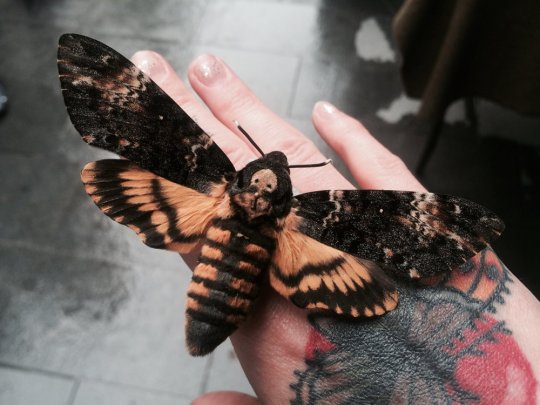
A very famous moth, the African death's head hawkmoth :) Named after the skull shape on their back, though honestly i dont care about the skull, i care about the fact that they can SQUEEK!!!
I LOVE THEM SO MUCH
#cute#adorable#squeek#moth#african moths#africa#moths#animals#nature#photography#fluffy#death head#holy heck i love them#insects#insect#insectblr#entomology#what a cutie#animal friends#flying#wings
45K notes
·
View notes
Text
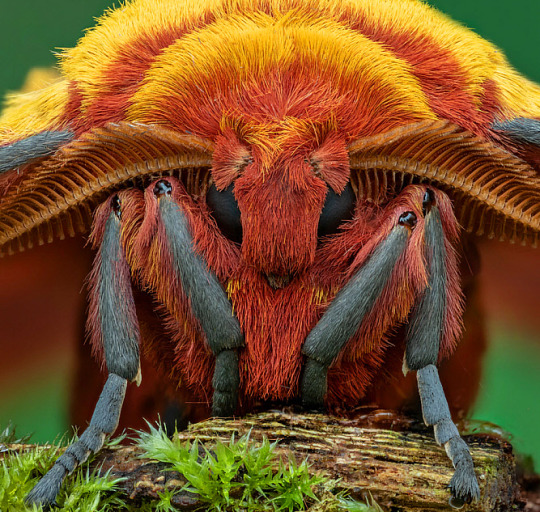
African golden emperor moth (Gonimbrasia krucki)
Photo by Robert Thompson
#gonimbrasia#gonimbrasia krucki#emperor moth#moth#african golden emperor moth#saturniidae#saturniid moths#african moths#leps#lepidoptera#insects#entomology#red#yellow#red and yellow#yellow and red#red moths#red insects#macro photography#insect photography#nature
13 notes
·
View notes
Text

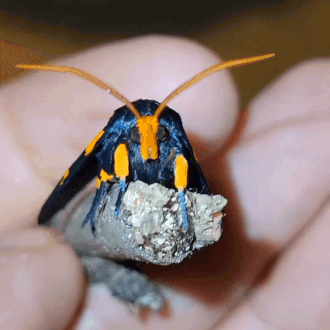


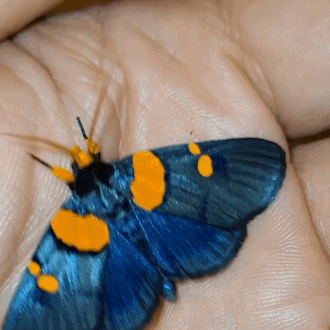
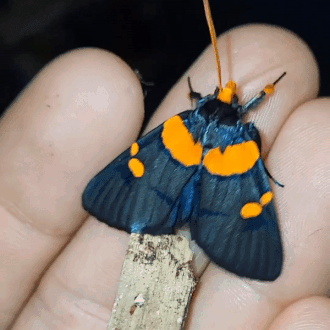
african peach moth (egybolis vaillantina) | source
#stim#moths#bugs#insects#sfw#blue#yellow#orange#shiny#african peach moth#animals#wings#egybolis vaillantina#hands#ishy gifs#postish#this moth makes me SO HAPPY#i love all moths don't get me wrong#but have you ever...seen a blue moth like this#gonna be makin a lotta gifsets of these fellers
33K notes
·
View notes
Photo



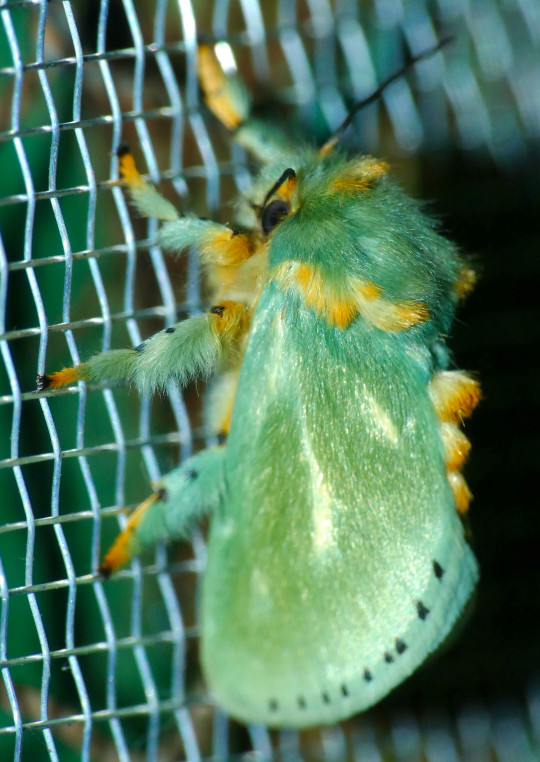
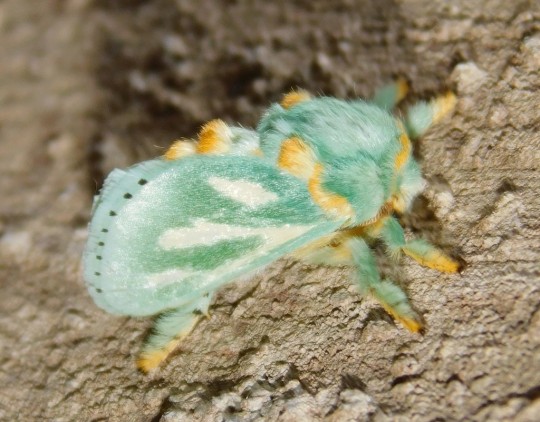

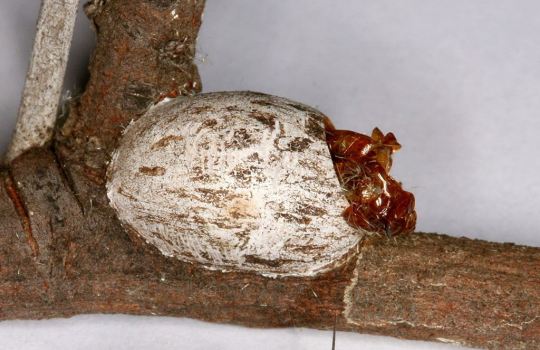
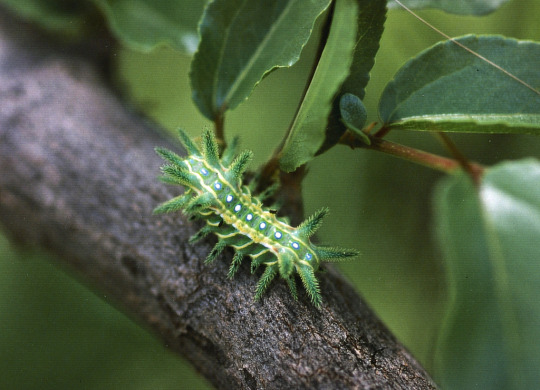
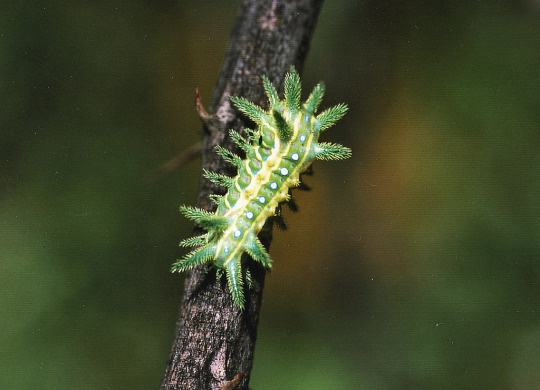

Southern African slug moth, Coenobasis amoena, Limacodidae
Photo 1 by thijsvalkenburg, 2 by nikiescott, 3 by fubr, 4 by Bernard Dupont, 5 by qgrobler, 6-7 (cocoon before and after moth emerged) by nikiescott, 8-9 by wolfachim, and 10 by suncana
#animals#curators on tumblr#insects#bugs#slug caterpillar moth#slug moth#caterpillar#larva#southern african slug moth#cup moth#cocoon#pupa#one nice bug#limacodidae#Coenobasis amoena
15K notes
·
View notes
Text
Cool thing I found.
0 notes
Text
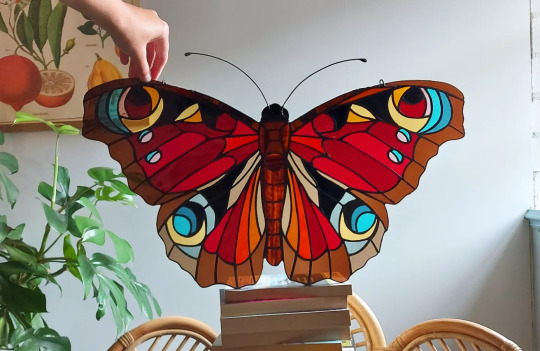
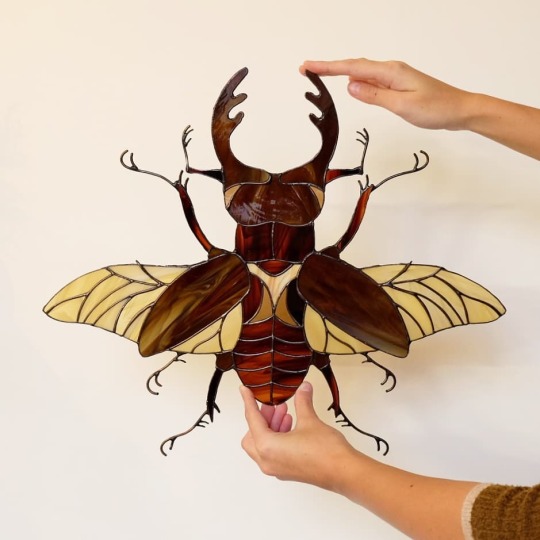

Stained glass peacock butterfly, stag beetle, and African moon moth by Melanie. Behind the scenes video here!
#ooh!#so finely crafted#stained glass#art#insects#stag beetle#peacock butterfly#African moon moth#bugblr
3K notes
·
View notes
Text
Moth Of The Day #198
African Peach Moth
Egybolis vaillantina
From the noctuidae family. They have a wingspan of about 60 mm. They are found in the Afrotropical realm.


Image sources: [1] [2]
#moth#moths#lepidopterology#lepidoptera#nature#pretty moth#insect#bugs#moth of the day#motd#lepidoptery#entomology#invertebrates#bugblr#insects#bug#beautiful moth#beautiful moths#african peach moth#egybolis vaillantina#noctuidae moth#noctuidae
764 notes
·
View notes
Photo

An African emperor moth (Gonimbrasia zambesina) in Kruger National Park, South Africa, Africa
by Bernard Dupont
#african emperor moth#butterflies and moths#Gonimbrasia zambesina#gonimbrasia#saturniidae#lepidoptera#insecta#arthropoda#wildlife: south africa#wildlife: africa
849 notes
·
View notes
Text
Moth of the Week
African Death’s-Head Hawkmoth
Acherontia atropos

The African death's-head hawkmoth is part of the family Sphingidae and is the most widely recognized of the three species of Death’s-Head Hawkmoth. The species was described in 1758 by Carl Linnaeus. Its common name comes from the skull shape on the back of its thorax. It’s binomial name: comes from the river Acheron in Greece, which was believed to lead to the Underworld, and the Greek goddess Atropos respectively.
Description The forewings are black/brown with mottled shades of brown while the hindwings are buff orange with two black/brown stripes that curve with the edge of the hindwing. The head and thorax are the same black/brown color as the forewings interrupted by the brown skull on the back of the thorax. The abdomen is the same buff color as the hindwings with similar stripes of the same color. There is also a single stripe down the center of the abdomen called the “dorsal stripe.”
Average Wingspan: 13 cm (5 in)
Females are large than males with a rounded abdomen tip and larger, thicker antennae
Males have a pointed abdomen tip
Diet and Habitat Larva of this species mainly eat the leaves of potato plants which have alkaloids. The larva accumulate these toxins to become unpalatable to predators. Adults eat the nectar of flowers and stolen honey from the beehives of the Western Honey Bee. They are able to mimic the scent of bees and steal the honey undetected. They use their proboscis, a tube used to drink nectar and honey, to break the honey comb.
Their ranges stretches from the Middle East, as far south as the southern tip of Africa, as far north as southern Great Britain, as far east as India and western Saudi Arabia, and as far west as the Canary Islands and Azores. It is known to move into western Eurasia, but a majority do not survive the winter.
Mating This moth has multiple generations per year. In Africa, the broods are continuous. In the northern range, the larva overwinter in the pupal stage. Eggs are laid singly on the underside of species in mainly Solanaceae but also Physalis, Verbenaceae, Cannabaceae, Oleaceae, Pedaliaceae and others.
Predators This moth can emit a special squeak noise by sucking in air to vibrate a flap in its mouth and throat. The purpose of this squeak is unclear, but the two hypotheses are it is to scare away predators or to mimic the sound of a queen bee makes for the workers to stop moving to easier raid beehives for honey. They are also immune to bee venom and can mimic the scent of bees.
Fun Fact This moth has appeared many times in pop culture as symbols of death and evil:
It appeared in The Hireling Shepherd, Bram Stoker's Dracula, Un Chien Andalou, the promotional marquee posters for The Silence of the Lambs, in the music video to Massive Attack's single, "Butterfly Caught,” and on the American edition's cover of José Saramago's novel Death with Interruptions.
It is mentioned in Susan Hill's Gothic horror novel I'm the King of the Castle and John Keats’s "Ode to Melancholy.”
It is referred to in The Mothman Prophecies.
Finally, the moth is used as a calling card by the serial killer Buffalo Bill. However, in the movie script they are referred to under a different species of death’s-head hawkmoths.
(Source: Wikipedia, Simple English Wikipedia)
#libraryofmoths#animals#bugs#facts#insects#moth#mothoftheweek#lepidoptera#Sphingidae#African death’s-head hawkmoth#Acherontia atropos
161 notes
·
View notes
Text


argema mimosae
african moon moth
location: eastern and southern africa
927 notes
·
View notes
Text
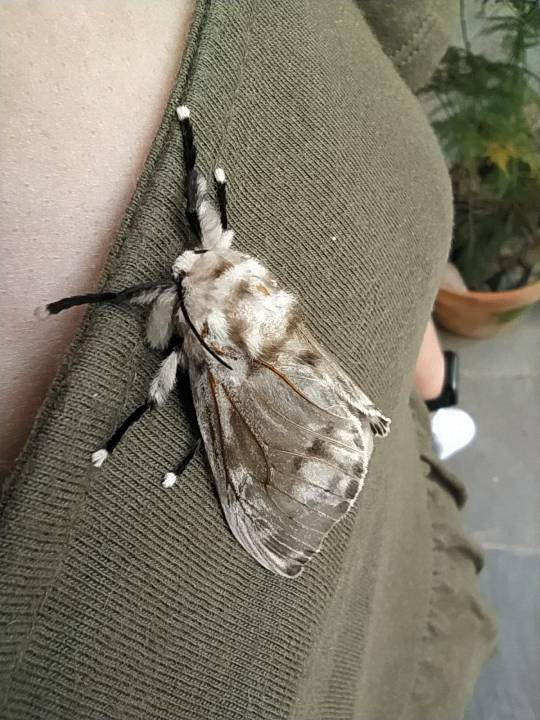
unidentified species of flannel moth from reddit! I really wanna know who this is cause waow this guy is fluffy and PRETTY
#moths#cute#long#white n gold#animal#insect#bug#insectblr#bugblr#flying#photography#photos#antennae#africa#african moths#animal friends#animals#cutie#fluff#fluffy#unidentified
2K notes
·
View notes
Photo
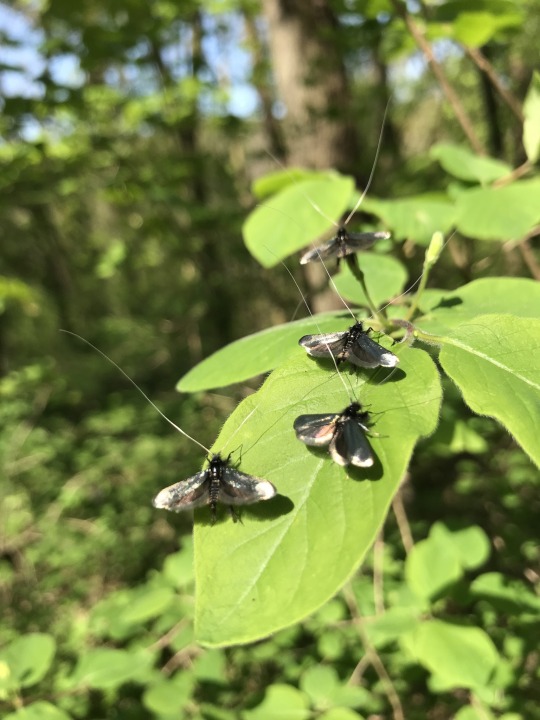
Green Longhorn Moth (Adela reaumurella)
Family: Fairy Moth Family (Adelidae)
IUCN Conservation Status: Unassessed
Common and widely distributed across temperate regions of northern Africa, Asia and Europe, Green Longhorn Moths are easily distinguished from any other moth species owing to their iridescent, metallic-looking wings and the extremely long antennae seen in males (potentially growing to be three times the length of the body,) which are believed to aid in finding mates through the detection of pheromones that indicate reproductive maturity. Found mainly in forests but also occasionally spotted in open grasslands, adult Green Longhorn Moths are unusual among moths in that they are active during the day, with males gathering in large swarms of up to 30 individuals on sunny days between April and June and awaiting the arrival of females, which can be distinguished from males due to their drastically shorter antennae. When a female passes by a swarm all of the males within it will take flight in an effort to impress and mate with her, and following successful mating (which takes place while still in flight) a female will lay her eggs among leaf litter on the forest floor. The caterpillars of this species live among the leaf litter they were born on, feeding on dead leaves and other forms of fallen vegetation while relying on a protective bag-like casing carried on their backs (made from leaf litter held together with silk) to both conceal them and protect them when confronted by predators. Caterpillars that survive until the late summer will seal the end of their bag in order to form a cocoon within which they will pupate over the winter, emerging in the following spring as winged, mature adults.
--------------------------------------------------------------------------
Image Source: https://www.inaturalist.org/taxa/56203-Adela-reaumurella
#green longhorn moth#longhorn moth#fairy moth#moth#moths#insect#insects#zoology#biology#entomology#lepidopterology#lepidoptera#wildlife#african wildlife#european wildlife#asian wildlife#tw insect#tw insects#animal#animals
136 notes
·
View notes
Text
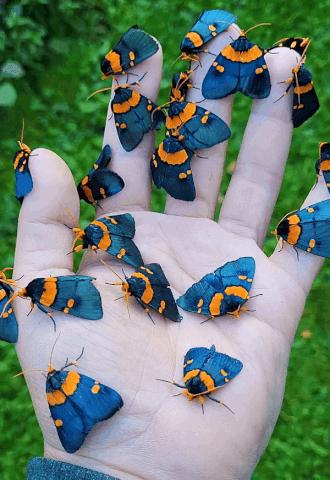
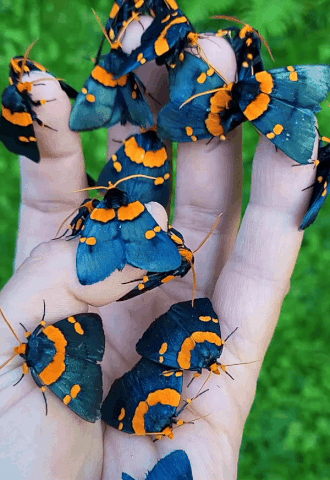
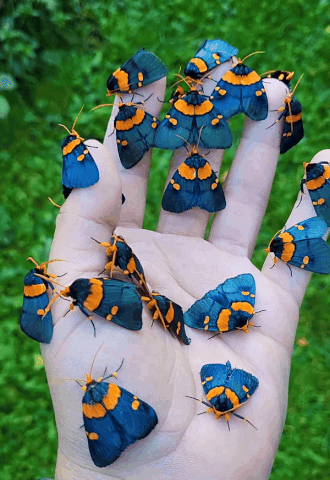
lots of african peach moths (egybolis vaillantina) | source
#stim#moths#insects#bugs#sfw#blue#yellow#green#orange#lots of bugs#african peach moth#egybolis vaillantina#wings#animals#hands#ishy gifs#postish
7K notes
·
View notes
Text


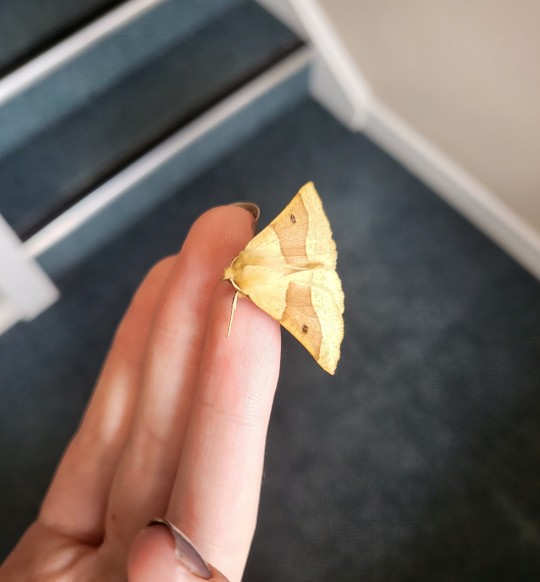
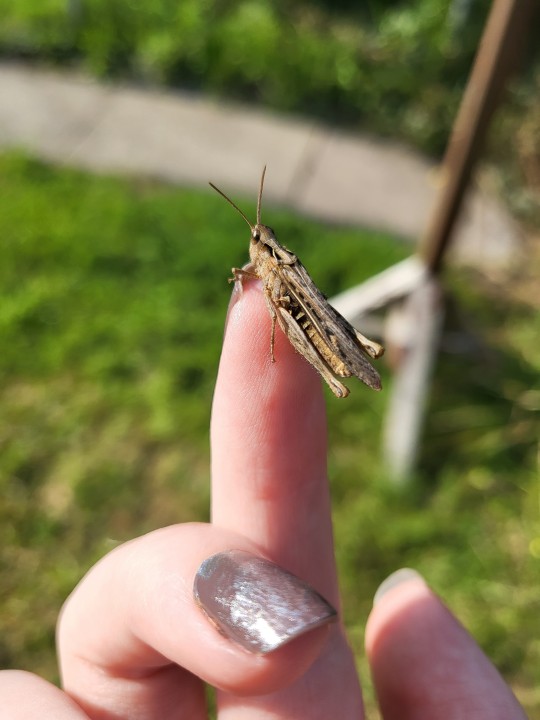
@sarnie-for-varney submitted: Some more cool guys I've seen lately! I especially love the scalloped oak moth! And as well as this, say hi to Gary! An African land snail:

Hello Gary, I love you, Gary! I also love the scalloped oak moth especially :)
#animals#insects#bugs#submission#butterfly#moth#red admiral#scalloped oak#grasshopper#gastropods#snail#giant african land snail
128 notes
·
View notes
Text










Blue, Bugs, Stars
for @bat-luun
X - X - X
X - X - X
X - X - X
x
#blue#yellow#stars#constellations#bugs#insects#butterfly#blue morpho#beetle#jewel beetle#moth#african peach moth#slime#glitter slime#art#cake#frosting#icing#drinks#pouring#kinetic sand#stim#stimmy#stimming#stimblr#sensory#stimboard#soda boards#aesthetic stimboard#hands
36 notes
·
View notes
Text
SCP Sleepy Bois Inc as animals
(specifically animals they aren’t usually coded as) (because otherwise what’s the point)
Philza—African Jacana

He’s just a dad carrying around his chicks. What more do you want from him? Male African Jacana are known for raising hatchlings on their own. Gives people nightmares when they’re just trying to protect their chicks. They also use their long toes to walk on water (really on floating vegetation but shh) and are referred to as Jesus birds. Other than the fact Philza is a god, he occasionally forgets to be affected by gravity since pretending to be a person is pretty hard. (I’m ignoring the few decades Philza accidentally spent as a crow so hard rn.)
Tommy—Clownfish
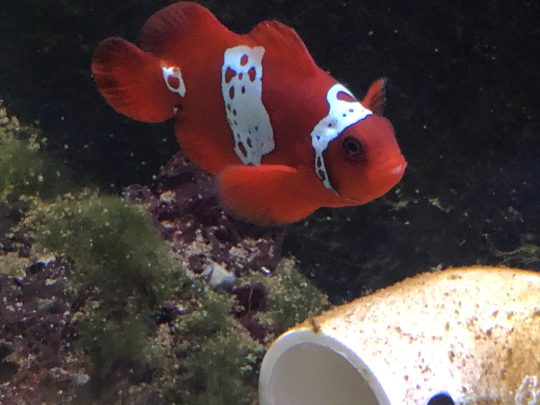
This is 100% serious actually. Specifically a red bullet hole clownfish, to mimic Red’s splatters. Tommy’s very much a small fish in a big pond. Clownfish purposefully coat themselves in sea anemone toxin that is harmless to them but really bad for anyone else, much like Red. If we make The Blood God an anemone in this analogy, Tommy is always running to him for safety, luring in doomed predators that that are slaughtered in a symbiotic relationship between the two. Tommy is also the dominant male of the group, and should the female die he’ll become trans— wait. Maybe not that last fun fact, since Tommy is the most reliably cishet in Fault. Also yes fine he’s a silly goofy guy who acts flashy for attention.
Tubbo—Honey Guide

What animal could better represent the hive save for a bird that lures people to bee hives? Since, again, this challenge is about avoiding the obvious answer. Much like Tubbo, these little guys have a pretty positive mutualistic relationship with humans. Anyway, this friendly and helpful passerine is also a brood parasite! They lay eggs in the nests of others and then murder the other chicks so that the honey guide is raised by unsuspecting parent birds. This fits well with Tubbos’ design as a changeling that’s meant to mimic humans in order to replace individuals (by adding them to the hive mind). Worked decently since Tubbo was raised by humans (ignoring how badly it went with the first nest they infiltrated).
Wilbur—Polyphemus Moth

Named of course after the famous cyclops, I thought the name and appearance were a fantastic reference to the void embedded in half of Wilbur’s face. Beyond that, moths are very night coded, much like Wilbur, though are uncontrollably attracted to the light (Philza). Notably, a Polyphemus moth eats 86,000 times their body weight in the 56 days that it lives, which plays well to Wilbur being a Devourer of All and a man who’s extremely aware he isn’t going to have a long life span. Plus their spooky design fits in with how much of a flashy edgelord Wilbur is. Only problem is they spend almost half their existence in their silk cocoon and Wilbur is a chronic insomniac who could NEVER.
The Blade—Hippopotamus

Both are insanely aggressive and deadly, and are the top of the food chain (once adults). Plus the semi aquatic nature of the hippopotamus plays well into the (arguably literal) sea of voices from which The Blade has to fight his way out of or else succumb to the fathoms. Just like how hippos can’t actually swim? Both faster than anyone would prefer them to be able to move. uh. About the same size. uhhh. They both can’t sweat and so enjoy a good mud bath..? could be unethically hunted for ivory…….? Bro he’s so pig idk
#fault au#sbi scp au#tommyinnit#technoblade#philza#Tubbo#wilbur soot#sbi au#sbi#scp au#scp tommyinnit#scp philza#scp tubbo#scp technoblade#scp wilbur#sleepy bois inc#african jacana#clown fish#Honey guide#polyphemus moth#hippopotamus#something to nom on
42 notes
·
View notes